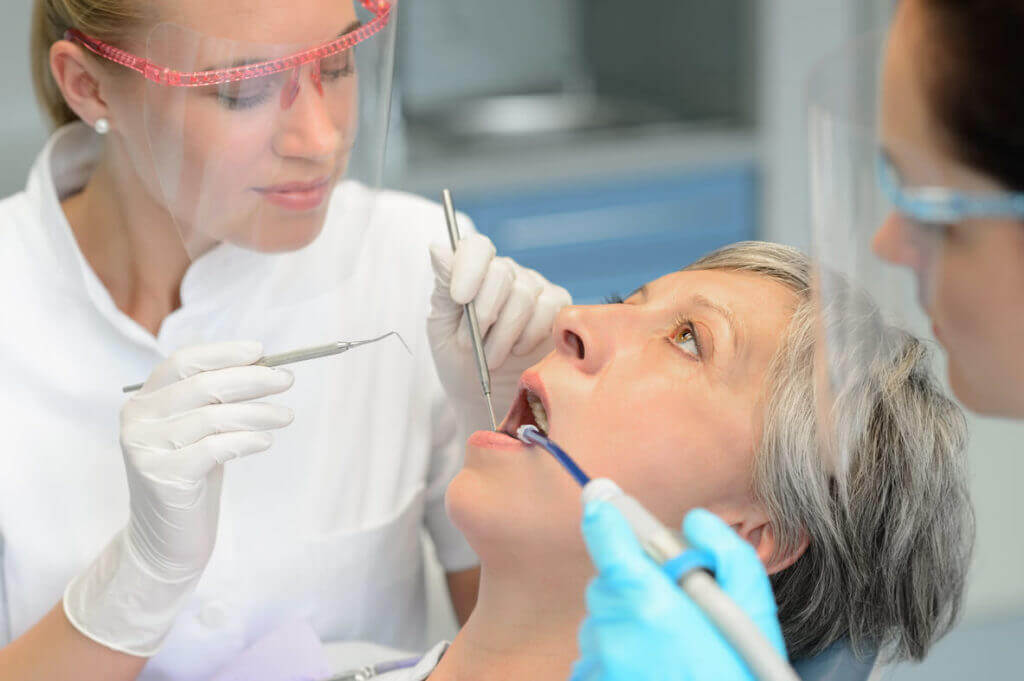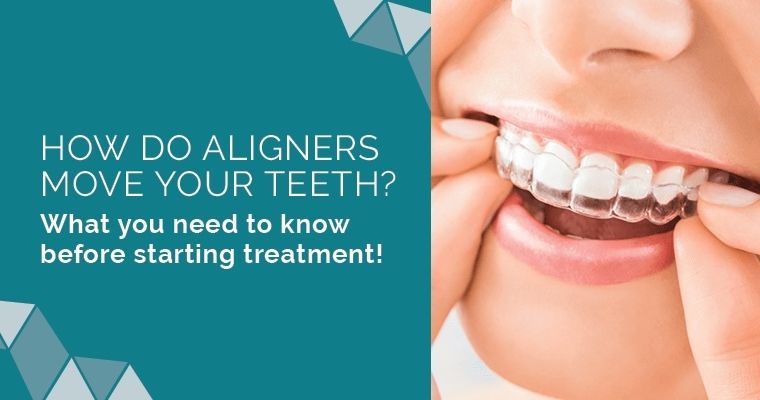The Only Guide for Legacy Orthodontics
The Only Guide for Legacy Orthodontics
Blog Article
Legacy Orthodontics Can Be Fun For Everyone
Table of ContentsThe Facts About Legacy Orthodontics UncoveredSome Known Incorrect Statements About Legacy Orthodontics A Biased View of Legacy OrthodonticsThe Best Strategy To Use For Legacy OrthodonticsLegacy Orthodontics Can Be Fun For Everyone
In addition, we offer adjustable treatment routines, versatile repayment options and a fun, enjoyable experience.An orthodontist is a dental professional trained to detect, stop, and treat teeth and jaw abnormalities. Orthodontists function with people of all ages, from youngsters to grownups.
Malocclusion, or misaligned teeth, can cause dental concerns, including tooth decay, periodontal disease, and difficult or painful eating. Not everybody is born with straight teeth. If you have a bad bite or big rooms in between your teeth, you might wish to speak with a dentist specializing in orthodontic care.
Our Legacy Orthodontics Statements
( Image Debt: DigitalVision/Getty Images) Orthodontists use taken care of and detachable dental devices, like dental braces, retainers, and bands, to transform the position of teeth in your mouth. Orthodontic treatment is for dental irregularities, consisting of: Misaligned teethBite troubles, like an overbite or an underbiteCrowded teeth or teeth that are also far apartJaw misalignmentThe goal of orthodontic treatment is to improve your bite.
While you could think of orthodontists as primarily for kids or teenagers that require braces, they can fix dental troubles at any kind of age. Orthodontists go to college, dental college, and orthodontic college.
All orthodontists are dentists, but not all dental professionals are orthodontists. Orthodontic residency programs use extensive, concentrated direction for dental experts. They focus on two locations: Just how to properly and securely relocate teeth Just how to appropriately lead growth in the teeth, jaw, and faceOnce an orthodontist has completed training, they have the option to become board certified.
What Does Legacy Orthodontics Mean?
Misalignment, or malocclusion, is one of the most typical factor people see an orthodontist. It is hereditary and is the outcome of dimension differences in between the upper and reduced jaw or between the jaw and teeth. Malocclusion results in tooth overcrowding, a misshapen jaw, or uneven bite patterns. Malocclusion is normally treated with: Your orthodontist attaches metal, ceramic, or plastic square bonds to your teeth.
If you have just minor malocclusion, you might have the ability to utilize clear dental braces, called aligners, rather of standard dental braces (https://hub.docker.com/u/legacyortho). Some individuals need a headwear to assist relocate teeth right into line with stress from outside the mouth. After braces or aligners, you'll require to put on a retainer. A retainer is a custom device that maintains your teeth in position.
They're frequently used on kids. They can develop additional area in the mouth without needing to pull teeth. If you have a significant underbite or overbite, you might require orthognathic surgery (likewise called orthodontic surgical procedure) to lengthen or shorten your jaw. Orthodontists utilize cords, medical screws, or plates to sustain your jaw bone.
You might require to see an orthodontist if you have: Crowding or not adequate area for all of your teethOverbite, when your upper teeth come by your base teethUnderbite, when your base teeth are also much forwardSpacing or issues with gapsCrossbite, which is when your upper teeth fit behind your base teeth when your mouth is closedOpen bite or a vertical gap in between your front bottom and upper teethMisplaced midline, when the center of your bottom and upper teeth don't align Dealing with a dental malocclusion can: Make attacking, chewing, and talking easierImprove the proportion of our face and your overall appearanceEase pain from temporomandibular joint conditionsDifferent your teeth and make them simpler to cleanse, aiding prevent dental caries or tooth cavities It's often a dental practitioner that first notices misaligned teeth during a regular test.
Legacy Orthodontics Can Be Fun For Everyone

Throughout your very first orthodontic assessment, you'll likely have: A dental examPhotos taken of your face and smileDental X-raysPanoramic (360 degree) X-rays of your face read the article and headImpressions to create molds of your teethThese tests will certainly aid your orthodontist know how to proceed with your treatment. leesburg orthodontics. An orthodontist is a dentist that's had training to treat your teeth and jaw
Orthodontists might perform surgery, exams,X-rays,and even more to help you achieve a more comfy, healthier smile. An orthodontist is concentrated on your bite, so something like a cracked tooth would certainly be handled by a dental expert. Orthodontists are dentists however not all dentists are orthodontists. Orthodontists are concentrated on your bite, or the means your teeth fit with each other, and the straightness of your teeth.
Ever asked yourself exactly how celebrities constantly seem to have flawlessly aligned teeth? The solution usually hinges on the knowledgeable hands of an orthodontist. Yet what specifically does an orthodontist do? Orthodontists are oral professionals who focus on fixing abnormalities in the teeth and jaws. Their expertise surpasses simply producing a gorgeous smile; it includes enhancing your overall oral health and feature.
The Of Legacy Orthodontics

While braces are one of the most generally acknowledged orthodontic therapy, orthodontists have a varied toolkit at their disposal. The details approach chosen depends on the severity of the case, the individual's age, and individual preferences. These tried-and-true braces make use of a system of brackets bonded to the teeth and connected by wires.
These detachable trays are custom-made to progressively move the teeth's setting. In situations of narrow jaws, palatal expanders can be used to develop room for appropriate tooth alignment.
Report this page